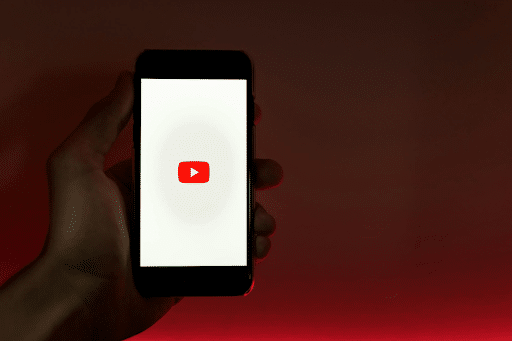Ad Verification and More: What Every Business Must Know Before Promoting on YouTube

YouTube is one of the best platforms to advertise a business, as it allows various types of ads and objectives. But how can you make sure you don’t waste money on a platform where people are quite lazy to click on every suggested piece of content?
Ad Verification and Geo-Targeting on YouTube Ads
When you pay to advertise on YouTube, it’s natural to expect that ads will reach the regions you’ve targeted. For example, if a business’ goal is to reach out to the Australia or the U.S. audiences, no need to spend money on other markets where the brand doesn’t even operate or have interests.
But how can you be sure your ad is actually being shown to viewers in those locations? One answer is through ad verification techniques that let you check where and how your ads appear. Using an http proxy is one of the easiest ways to verify whether your ad displays in exact locations or not, but let’s understand how this works? Essentially, the proxy server routes your internet traffic through a server in another region, masking your device’s IP address with one from the proxy’s location. This makes YouTube (and Google’s ad delivery system) think you’re browsing from, say, Sydney or New York when you’re actually elsewhere.
By leveraging proxy servers in your ad verification process, you can simulate a local user’s experience. For example, an advertiser in Europe can use a proxy with an Australian IP to visit YouTube and confirm that an Australia-targeted campaign is indeed showing up for Aussie viewers. This is how proxies let users bypass geo-restrictions by providing an IP address from the target area, allowing you to see exactly how your ads display to users in that region.
Strategic Considerations Before Launching YouTube Ads
Beyond verification, there are other key elements every business should weigh before rolling out a YouTube advertising campaign. YouTube offers a few ways to pay for video ads, each suited to different objectives:
- Cost-per-view (CPV): Pay when a viewer watches around 30 seconds of your ad or clicks it. This is common for skippable TrueView campaigns and great for driving engagement.
- Cost-per-mille (CPM): Pay per one thousand impressions. This model works well for broad reach and brand awareness (e.g. using short bumper ads to maximize exposure).
- Target CPA: Set a desired cost per conversion, and Google optimizes bids to get as many conversions (sign-ups, purchases, etc.) as possible at that price. Ideal when conversions are the primary goal.
Match your bidding model to your objectives so that your budget is spent efficiently on the outcomes that matter most to your business.
Next, think about your ad’s engagement strategy and call-to-action (CTA). Do you want viewers to visit your website, or to stay on YouTube and subscribe to your channel? The best CTA depends on your goal.
It’s also important to keep your expectations realistic when it comes to viewer behavior. YouTube viewers often aren’t in an active clicking mindset. The average click-through rate (CTR) for YouTube video ads is only around 0.5%, meaning perhaps 5 out of 1000 viewers click – much lower than on search ads (where users are actively looking for information, so they click more frequently).
Keep in mind that YouTube advertising is a massive (and still growing) opportunity. In 2024, YouTube’s advertising revenues hit $36.1 billion (a 14.6% jump from the previous year), and the majority of video marketers use YouTube in their strategy (around 90% of marketers, according to surveys). The competition for viewer attention is real, so crafting a thoughtful strategy is worth the effort, especially when video content proves to be very valuable when it comes to certain types of advertising.
